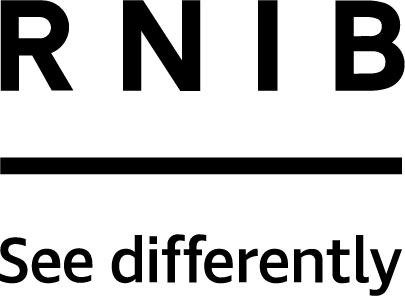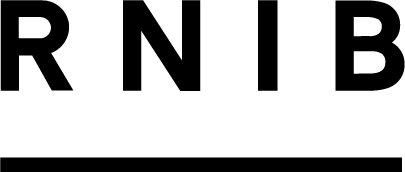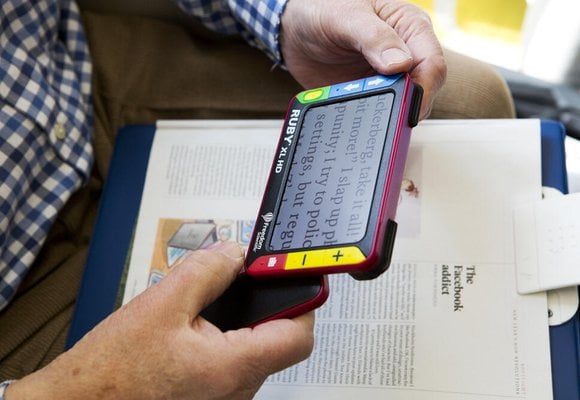Braille: Tactile Codes
Braille is a tactile code that enables blind and partially sighted people to read by touch. Braille is a great way for blind people to read and write, the characters are designed to be read by fingers rather than eyes.

Braille is a code based on six dots, arranged in two columns of three dots. There are 63 possible combinations of the six dots which are used to represent the alphabet and numbers. Braille is a great way for blind people to read and write, the characters are designed to be read by fingers rather than eyes. Braille is for anyone who has or is likely to lose their sight and would find that using large print becomes difficult.
Braille can be learnt and used by children or adults to read and write pretty much anything!
Find out more
If you are blind or partially sighted, or you support someone who is, we have lots of information about braille:
- Braille codes
- Reading braille
- Learning braille
- Braille for children, young people and families
- Braille music
- Braille books and products
- Braille past, present and future
Go dotty for RNIB!
Lots of Dots is a fun, inclusive introduction to braille for schools, groups and other settings. The pack contains information about Louis Braille and accessible activities that raise awareness of how important braille still is, 200 years after it was invented.
Download the Lots of Dots activity booklet
Products for reading and writing braille
Whether new to learning braille, supporting someone who reads braille or an experienced braille user, we have everything you need.







